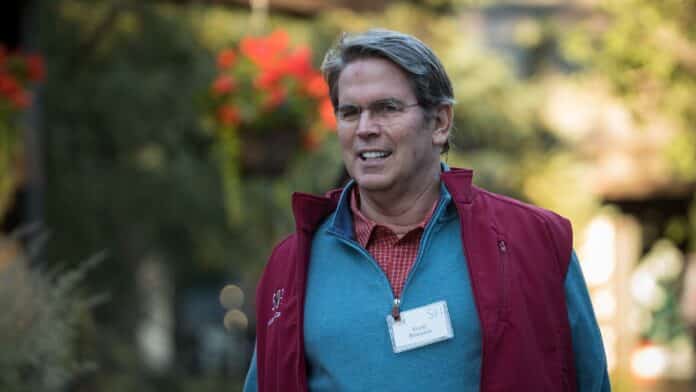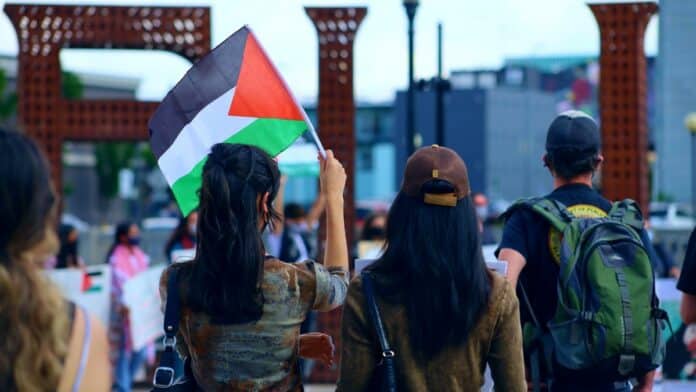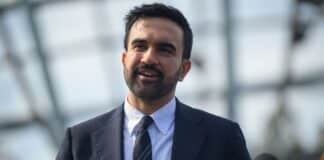The University of Utah will cut more than 80 academic programs after a review ordered under a new state law aimed at redirecting funds toward workforce-driven fields. The move is projected to save nearly $20 million, which will be reinvested into programs such as nursing, artificial intelligence, biotechnology, and behavioral health.
The cuts stem from House Bill 265, passed earlier this year, which required Utah’s public universities to reduce “inefficient” programs and shift resources toward high-demand areas. Lawmakers mandated a 10% reduction in instructional budgets, with funding restored only if universities demonstrated compliance with the realignment.
A total of 81 programs are being discontinued, ranging from undergraduate certificates to doctoral degrees. Eliminated offerings include modern dance, mining engineering, a PhD in theater, a PhD in experimental pathology, and a master’s in educational psychology. University leaders said many of these programs had graduated zero to one student in the past eight years, failing to justify continued funding.
The university’s Academic Senate supported the decision, describing the cuts as a “data-driven process.” Officials emphasized that affected students will receive “teach-out” plans to complete their degrees or be redirected to similar programs. Administrators also confirmed the savings will be phased into reinvestment over three years, with the full transition complete by 2028.
Supporters argue the overhaul will better align higher education with Utah’s workforce needs and strengthen student career prospects. Critics, however, warn that the move narrows academic diversity and sidelines fields important for cultural and intellectual growth.
The program cuts mark a significant shift under the University of Utah’s “Impact 2030” vision, which seeks to expand enrollment while streamlining offerings. By prioritizing career-oriented education, the university is positioning itself as a test case for how public higher education can respond to legislative demands for efficiency and accountability.














